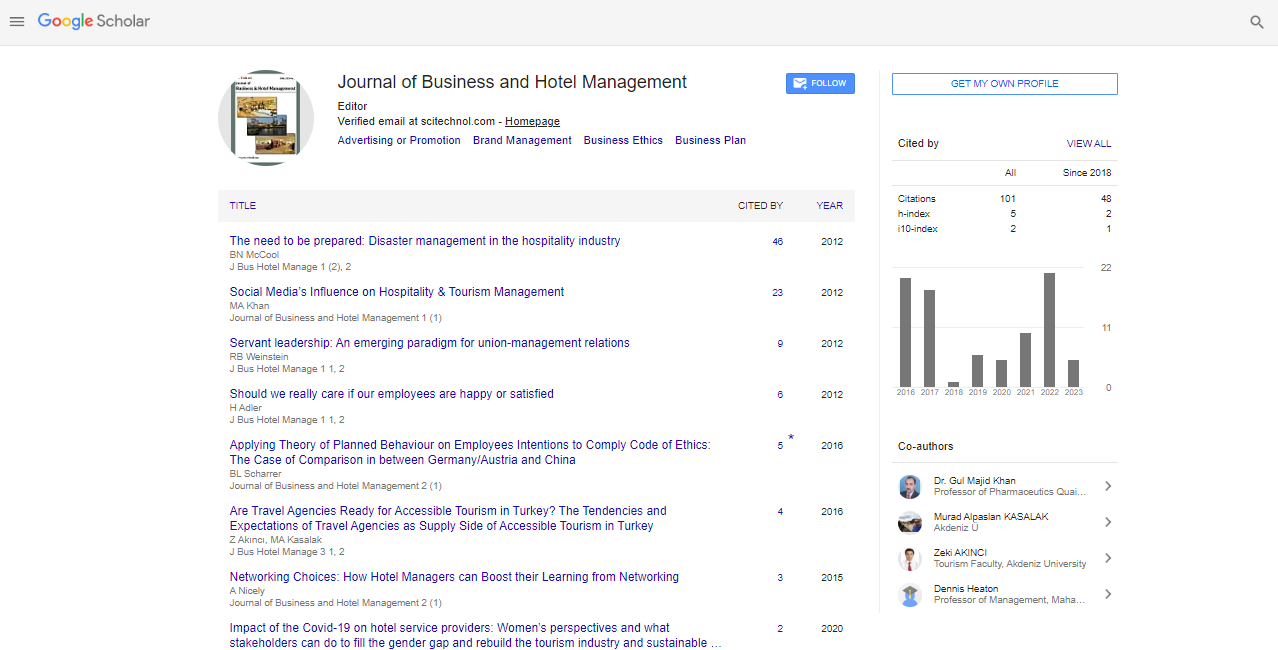Short Communication, J Bhm Vol: 7 Issue: 4
Chronic non-malignant urological disease prevention and management in primary care can deliver superior patient outcomes with the use of safe thermobalancing therapy
Simon Allen
PhD in Medicine, United Kingdom
Dr. Allen obtained a PhD in Medicine in 1978. For over 14 years, he worked at and subsequently headed a hospital’s cardio-vascular department, and treated patients with renal diseases. At the age of 33 he had authored more than 50 scientific articles on metabolic disorders, including those linked to obesity, kidneys, arthritis, cardio-vascular and gastroenterological diseas- es. He lectured medical doctors pursuing higher medical qualifications. He then devoted nearly two decades to further medical research into various chronic diseases. He is the author of The Origin of Diseases Theory and the inventor of the effective devices which enable the Thermobalancing thera- py. He is a member of the ATAE-mail: finetreatment@gmail.com.
Abstract
Chronic diseases require ongoing management by GPs (general practitioners). Thermo balancing therapy (TT) is a safe and reliable treatment option for chronic non-malignant urological conditions. The therapeutic Dr. Allen’s Device (DATD) is a tool that performs TT. In essence, it charges off the body of the patient by accumulating the emitted body heat and using it to maintain the optimal temperature required to treat the affected organ over a prolonged period of time. Observational studies demonstrate high effectiveness of TT as a treatment for chronic prostatitis/chronic pelvic pain syndrome (CP/CPPS), benign prostatic hyperplasia (BPH) and kidney stone disease. The significant improvement in the quality of life of patients has also been observed. The effect of TT with the use of DATD has been investigated in 45 men with CP/CPPS and 124 patients with BPH over a six month period. International Prostate Symptom Score (IPSS), National Institute of Health Chronic Prostatitis Symptom Index (NIH-CPSI) and prostatic volume (PV) were measured in groups who underwent TT and control groups of 45 and 124 men respectively, which did not use TT. All parameters were compared and five people who used DATD for kidney stones treatment were observed. The results demonstrated high efficacy of TT, which decreased urinary symptoms in men with BPH from 14.3 to 4.95 (p<0.001), and reduced pain score in men, with CP/ CPPS from 10.38 to 3.58 (p<0.001). TT reduced PV significantly in both treatment groups, from 45.16 mL to 31.8 mL (p<0.001) and from 31.75 mL to 27.07 mL (p<0.001), accordingly. In the control groups, no notable change in parameters was observed. The empirical evidence demonstrated that DATD dissolved small and large kidney stones in all patients. It is therefore suggested that TT with DATD can be used in primary care as the first line treatment for these urological diseases. Moreover, TT with DATD is a safe and cost-effective solution. Integrating the innovative TT with DATD into standard medical practice can improve patient outcomes and reduce financial pressure on the healthcare system.
Keywords: Business and Hotel Management
Abstract
Chronic diseases require ongoing management by GPs (general practitioners). Thermo balancing therapy (TT) is a safe and reliable treatment option for chronic non-malignant urological conditions. The therapeutic Dr. Allen’s Device (DATD) is a tool that performs TT. In essence, it charges off the body of the patient by accumulating the emitted body heat and using it to maintain the optimal temperature required to treat the affected organ over a prolonged period of time. Observational studies demonstrate high effectiveness of TT as a treatment for chronic prostatitis/chronic pelvic pain syndrome (CP/CPPS), benign prostatic hyperplasia (BPH) and kidney stone disease. The significant improvement in the quality of life of patients has also been observed. The effect of TT with the use of DATD has been investigated in 45 men with CP/CPPS and 124 patients with BPH over a six month period. International Prostate Symptom Score (IPSS), National Institute of Health Chronic Prostatitis Symptom Index (NIH-CPSI) and prostatic volume (PV) were measured in groups who underwent TT and control groups of 45 and 124 men respectively, which did not use TT. All parameters were compared and five people who used DATD for kidney stones treatment were observed. The results demonstrated high efficacy of TT, which decreased urinary symptoms in men with BPH from 14.3 to 4.95 (p<0.001), and reduced pain score in men, with CP/ CPPS from 10.38 to 3.58 (p<0.001). TT reduced PV significantly in both treatment groups, from 45.16 mL to 31.8 mL (p<0.001) and from 31.75 mL to 27.07 mL (p<0.001), accordingly. In the control groups, no notable change in parameters was observed. The empirical evidence demonstrated that DATD dissolved small and large kidney stones in all patients. It is therefore suggested that TT with DATD can be used in primary care as the first line treatment for these urological diseases. Moreover, TT with DATD is a safe and cost-effective solution. Integrating the innovative TT with DATD into standard medical practice can improve patient outcomes and reduce financial pressure on the healthcare system.
 Spanish
Spanish  Chinese
Chinese  Russian
Russian  German
German  French
French  Japanese
Japanese  Portuguese
Portuguese  Hindi
Hindi 